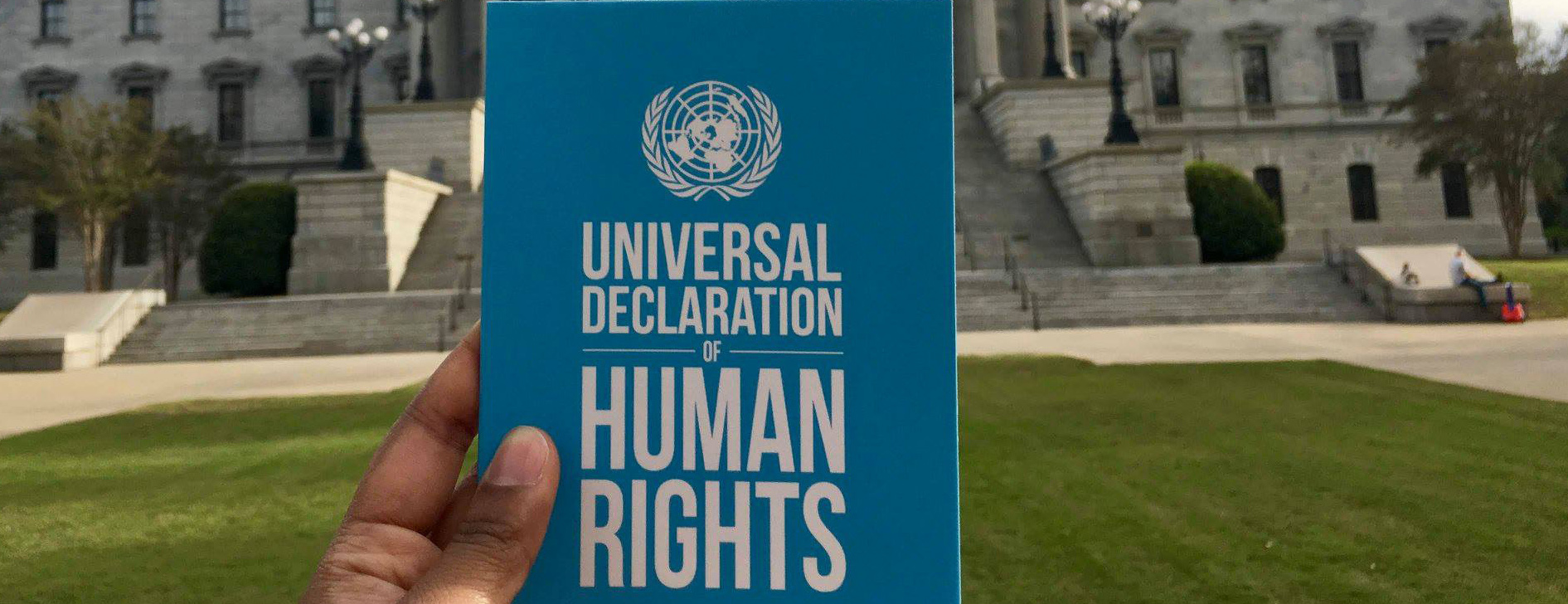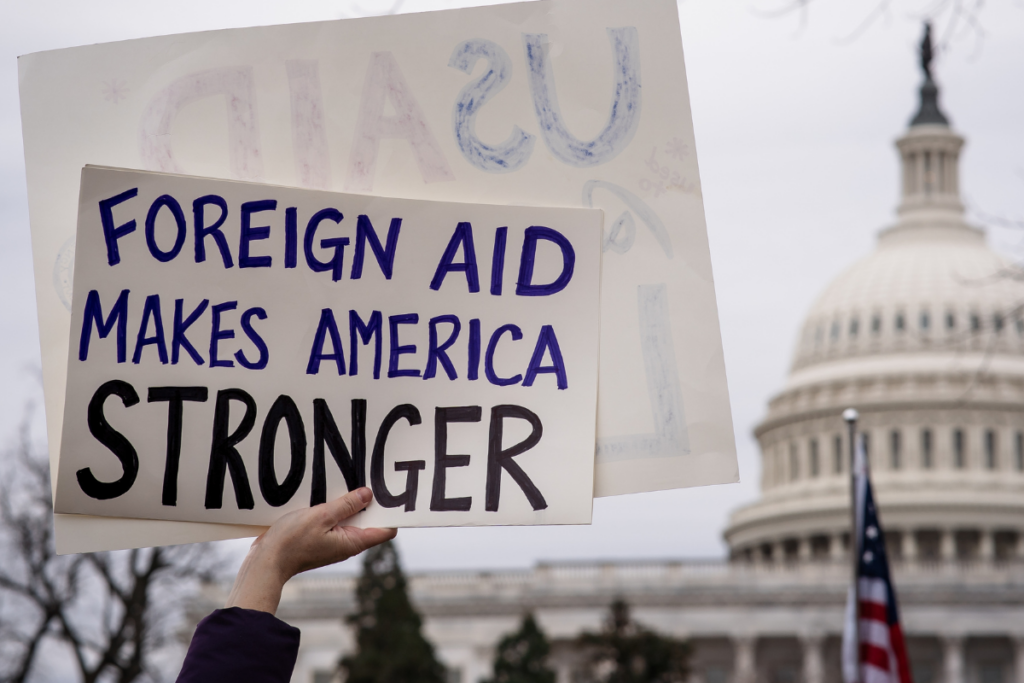By Kelli Meyer
70 years ago, 58 UN Member States came together to sign the Universal Declaration of Human Rights (UDHR). It set out, for the first time, fundamental human rights to be universally protected.
You might know that First Lady Eleanor Roosevelt was a driving force behind the document, but in honor of this momentous occasion, we thought we would share some other facts about UDHR and the U.S. involvement in the document.
- Dubbed “First Lady of the World,” Eleanor Roosevelt was a principal architect of the Universal Declaration of Human Rights and served as chair of the declaration’s drafting committee.
- The initial discussions were held in New York City in February 1947.
- Several American NGOs were also part of the drafting, including the American Law Institute, American Federation of Labor, the American Jewish Committee, the Federal Council of Churches, the Women’s Trade Union League, the American Bar Association and more.
- Frustrated by the Human Rights Commission’s failed attempts to pass the document, on Dec. 9, 1948, Eleanor Roosevelt gives her famous speech, “On the Adoption of the Universal Declaration of Human Rights,” to remind all the member nations what they were working toward. One day later, on December 10, 1948, the document was finally signed.
- On December 10, 1949, U.S. President Harry Truman issues a declaration declaring the date “United Nations Human Rights Day.” In 1952, he would issue an additional proclamation declaring the text of the UDHR be “studied.”
- Over the years, Congress has committed to the principles and values of the UDHR. This year, Congressman Alan Lowenthal (D-CA) introduced a resolution in the House marking the document’s 70th anniversary. On the Senate side, a bipartisan pair of Senators, Chris Coons (D-DE) and Thom Tillis (R-NC), also introduced a companion resolution.
Since its signing, the UDHR has remained a touchstone for actions by governments, individuals, and nongovernmental groups. As the world faces unprecedented challenges, we can be thankful for Eleanor Roosevelt and the U.S.’ leadership at the center of bringing this document to life.




